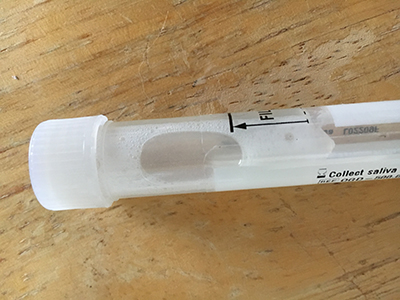Some maladies simply don’t have an easily defined cause—and employee wellness seems to be one of them.
According to researchers at the University of North Carolina, only 12% of Americans are metabolically healthy, meaning that seven out of eight adults have an elevated risk of Type 2 diabetes, cardiovascular disease, or other major health issues. Yet employer attempts to intervene in the health of workers have been largely ineffective.
A 2015 Rand Corporation study determined that while four-fifths of all U.S. employers with more than 1,000 employees offer wellness programs, only around 20% of eligible individuals participate in any given year.
Efforts to improve employee health aren’t new, nor do they lack diversity or creativity. Many companies offer educational programs, fitness contests, gym memberships, and even financial and career incentives. These employers believe—rightly so—that if they can help their workers adopt positive behaviors like quitting smoking, engaging in regular exercise, or improving their diet, the result will be fewer lost workdays and lower healthcare costs. Yet most of these initiatives have had little to no positive effect.
Information as Motivation
One cause may be the lack of personal and actionable information. It’s one thing to encourage healthy behavior but quite another to empower employees with information that can positively influence their health decisions. Such data may also impact the decisions made by the company to improve how the workplace affects employee health.
As a means of gaining actionable information, medical tests are invaluable. However, many key biomarkers aren’t revealed through typical lab testing done through a doctor’s office. Cortisol (an indicator of stress), hormone levels, vitamins, and gender-related markers are rarely measured in tests ordered by a primary care physician. These indicators can help employees not only understand their health on an individual level but also identify pathways for improvement.
Companies can accomplish this job by making at-home testing an option for their workers. Home testing kits are safe, cost-effective, and easy to use. After providing a small sample of saliva, urine, or blood (an enclosed lancet is quick and virtually painless), the person mails his or her sample to a participating accredited laboratory in a prepaid envelope.
Results are 100% confidential and delivered to the employee via a secure online portal. Follow-up telemedicine consultations can be scheduled with a qualified online physician; alternatively, results can be printed to share with the person’s primary doctor.
Home testing offers workers a whole new line of engagement. Many aspects of personal health such as stress, thyroid issues, or hormone imbalances are difficult to explain to a doctor without empirical evidence. Self-administered tests not only provide this evidence but also can steer remedies in productive directions.
Cortisol levels, for example, can be taken as often as four times per day in order to determine when, and under what conditions, stress can spike. Instead of simply reporting elevated stress, employees can better understand whether the stress comes from within or outside the workplace and what events (e.g., commuting) may cause increased stress.
Benefits accrue for employers, as well. When information is aggregated anonymously from large numbers of employees, extremely useful insights are possible. Employers can view data in many forms—by department, by office location, and even by specific periods of time. Such information enables them to make better wellness decisions and potential changes in corporate culture, like flexible work schedules or a relaxed remote policy, that can lower stress and improve productivity.
Personal and Private
Many vital aspects of personal health are difficult for employees to self-report or for doctors to understand. Home testing removes these roadblocks to better health. Employees can test at their own initiative and on their own time in the privacy of their own home. Moreover, the telemedicine component allows individuals to get their questions answered confidentially. As a wellness engagement tool, at-home testing is a perk with real value—one that workers greatly appreciate.
It’s not uncommon for employers to screen prospective new hires for substance abuse, yet once workers are on the job, tests for broader indicators of good health aren’t given much thought. A happy, healthy, and productive workforce benefits everyone.
With the annual cost of one sick day approaching $250–$300 per employee, meaningful alternatives can quickly pay for themselves. There may not be a single cure out there for better wellness, but among the many possible perks companies can offer their employees, facts may be the most appreciated of all.
| Nikhil Nayak is the Chief Operating Officer of Confirm BioSciences. |

